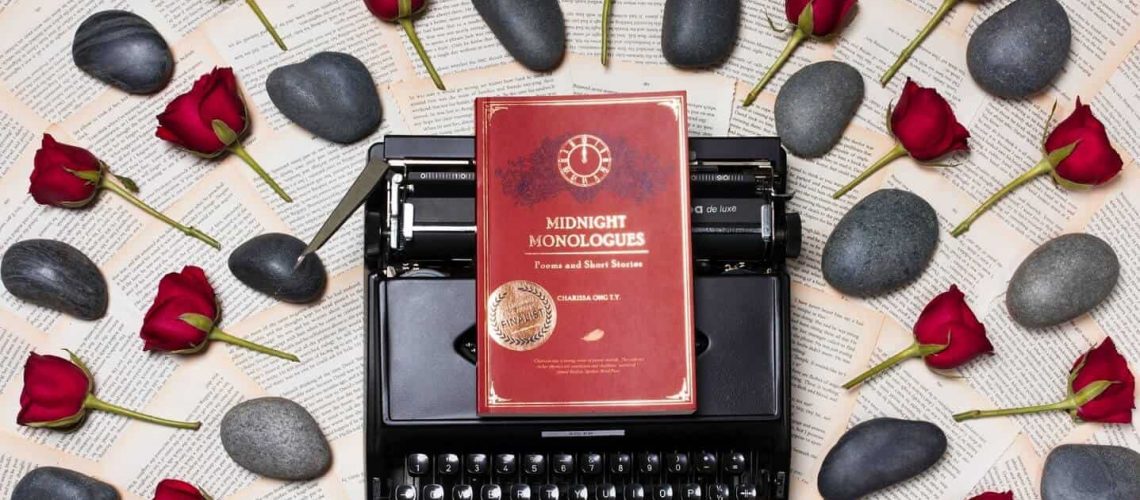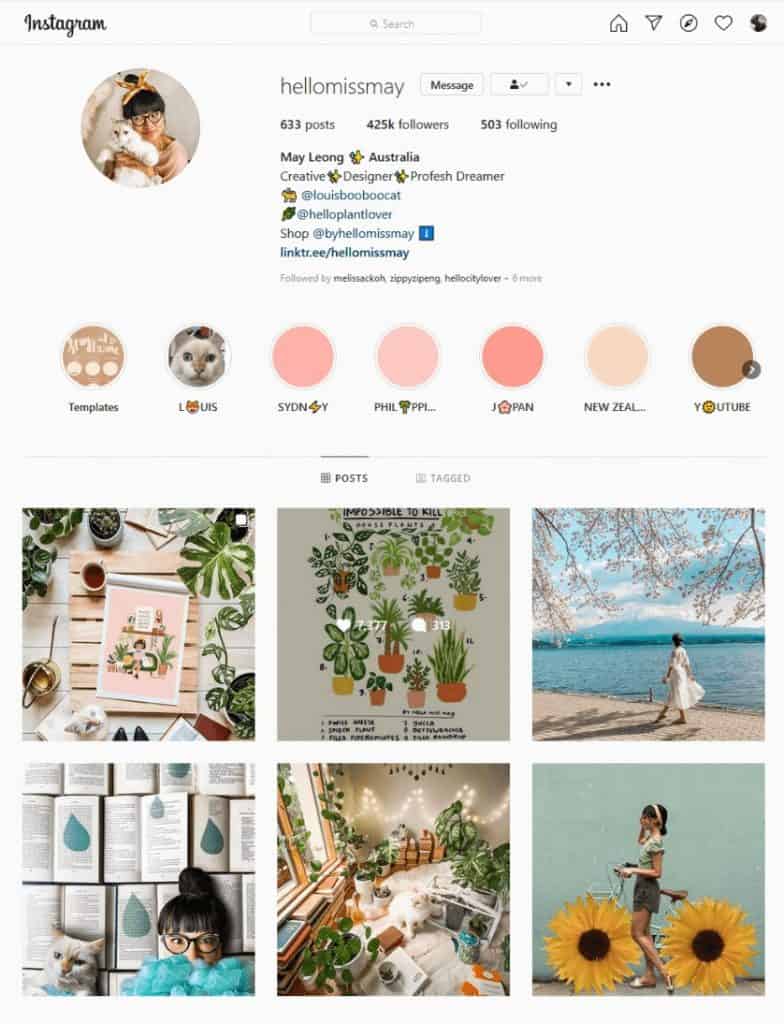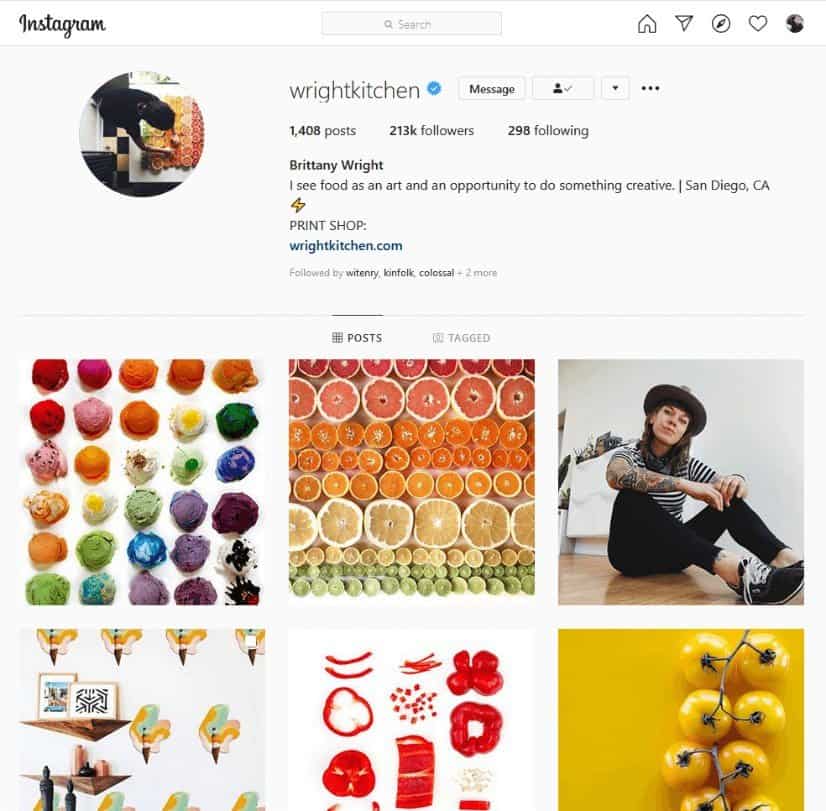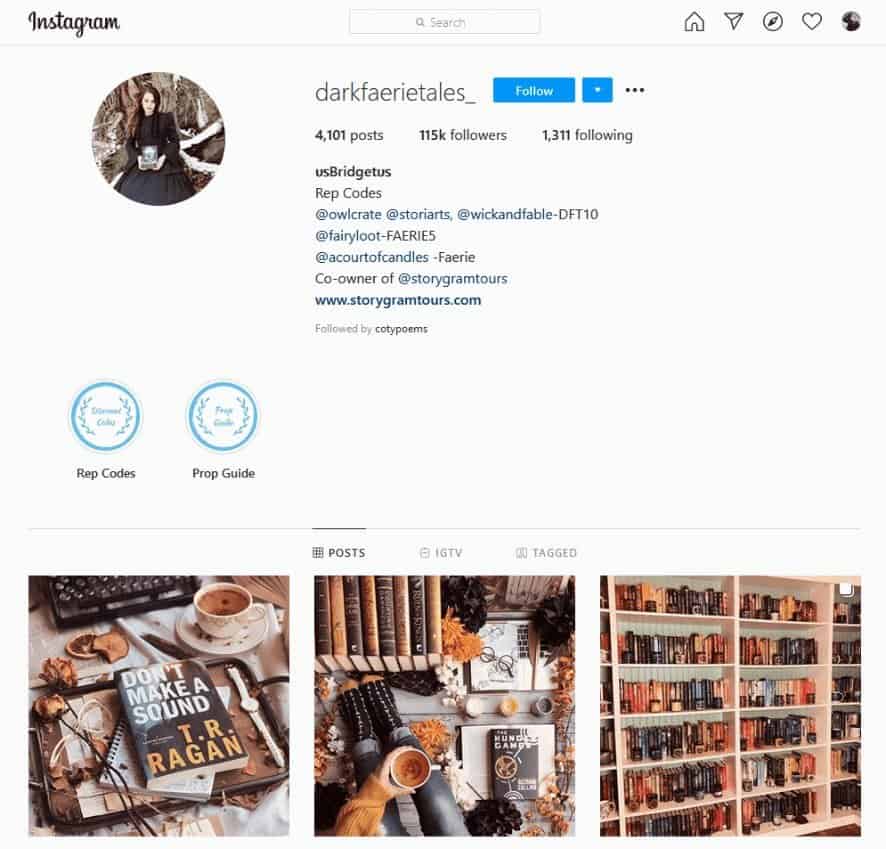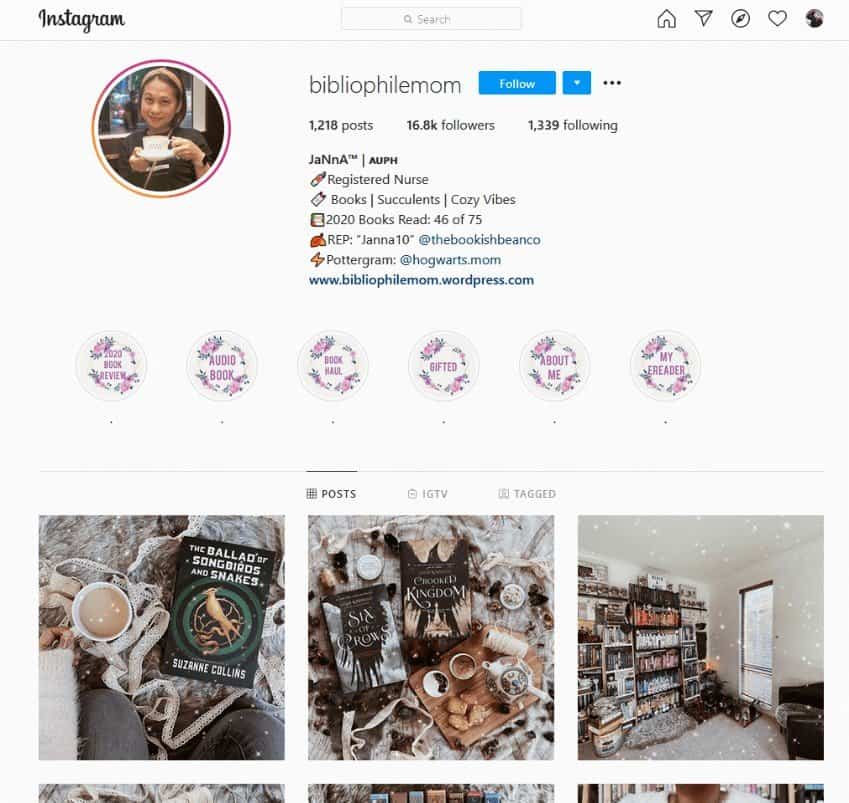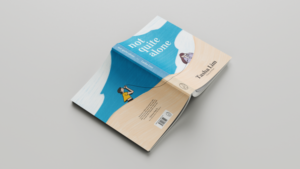Hi, my name is Kyle Low, and I am the (self-proclaimed) Unofficial Resident Photographer for Charissa Ong’s poetry books. I have been working with Charissa for some years now to help create some of her famous photographic images as seen on the media, such as the postcard-like calligraphy pieces, flat lay pieces of her books, as well as her ‘poetess’ portraits used in various media pieces.
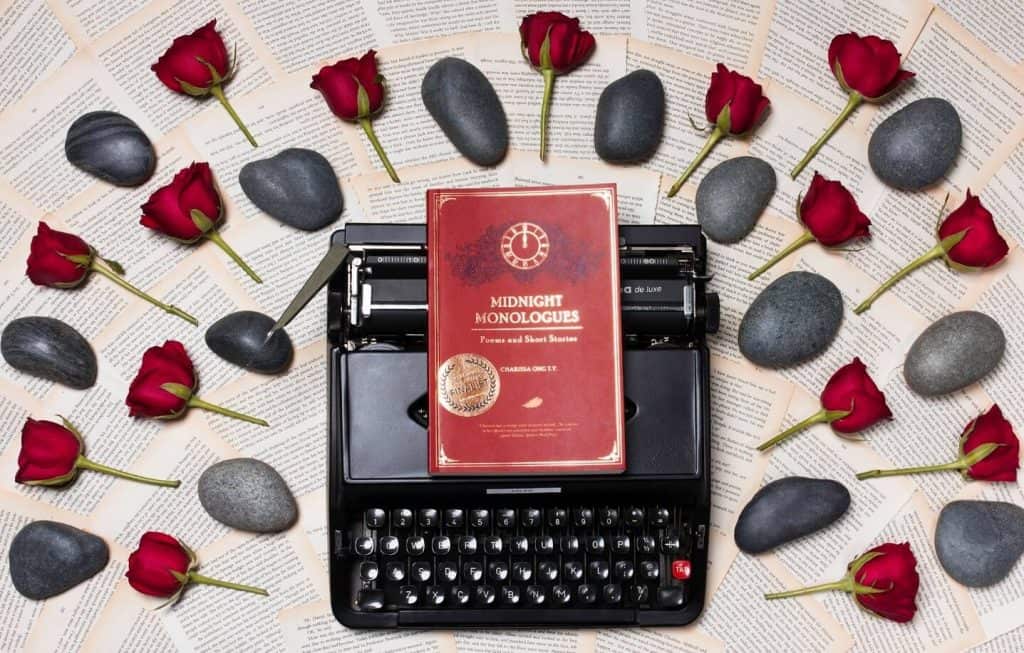
In this article, I do want to keep it light and easy, so I will write about some of the thoughts and processes of creating flat lay photographs with books. By definition, flat lay photographs are photographic pictures that are shot with a camera from the top, which makes most objects look flat with minimal dimensions, often times simplifying their shapes. One fun thing about flat lay photography is the mood and vibe you can create through the arrangement of your favourite items; you can make a scene imply a sense of fantasy and wonder, or perhaps something moody and somber, all of which you can do with the items you have lying around at home. When done well, your flat lay book picture should look like everything belonged together, making the picture be part of a richer story.
If you like arranging things into a neat and meaningful manner, the process and ‘exercise’ of creating a flat lay photograph will be fun for you, and like all fun things, they do make time seem to go by really fast. However, there are some prerequisites in order to begin, and that is to make sure that you have access to a flat surface (background), and at least some decorative items to be used in your setup. You do not have to own them, as you can always borrow from your friends (who are hoarders), and I am pretty sure they would be happy to lend some of them to you, especially if you promised to wipe the dust off their items for them.
Here are some useful items to recommend:
i) A warm/piping-hot cup of your favourite beverage.
ii) A comfortable blanket
iii) Fairy lights
iv) Ornamental items, such as acorns or a pocket watch
v) Scarves
vi) Fresh and/or dried leaves and/or flowers.
vii) Any vintage items, like an old film camera.
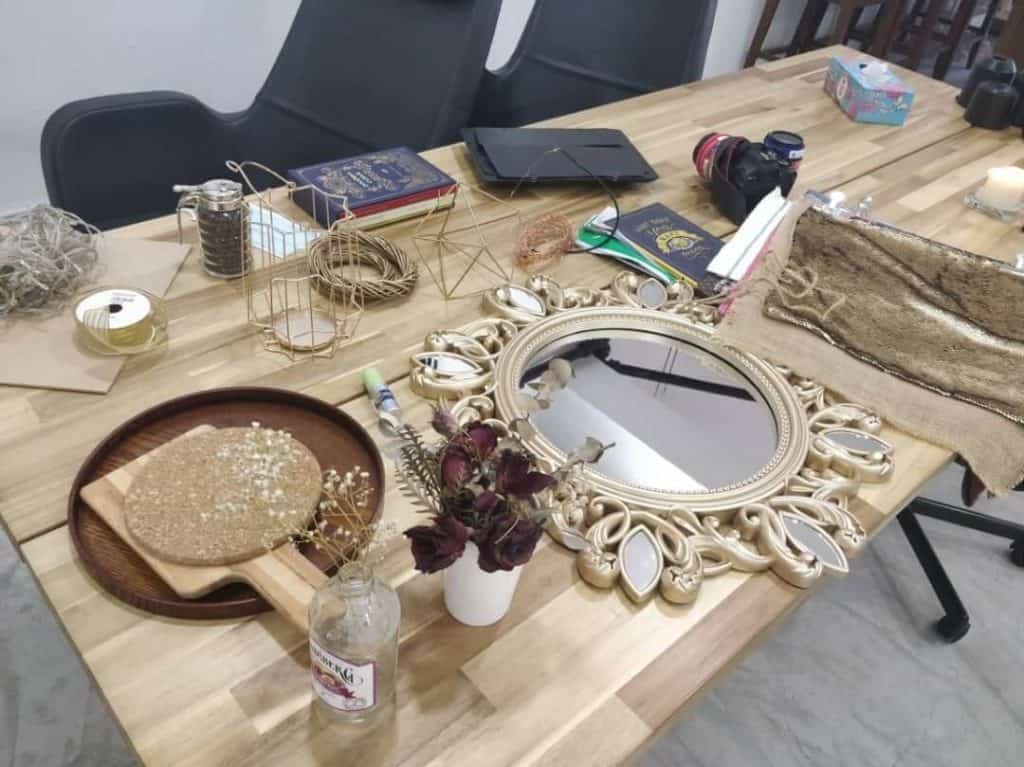
Note:
There are no hard and fast rules set here, so as long as you deem an object aesthetic, you can go ahead and use it.
If you are worried about camera settings, I do not think there are any detailed settings to remember or to keep in mind of. We do not really deal with moving objects, or any special lighting techniques, so you can just adjust your camera settings until things are nice, bright and sharp.
One obvious thing to point out is the fact that photographs cannot be taken in the dark, so it is a good idea to have your flat lay setup next to a window during the daytime, preferably next to a gigantic window with plenty of light. If you do not have the power of the sun by your side, you can still opt to have your setup indoor with uniform artificial lights emitting all across the room. Lastly, make sure you have a camera, any camera will do. As they say the best camera is the one closest to you.
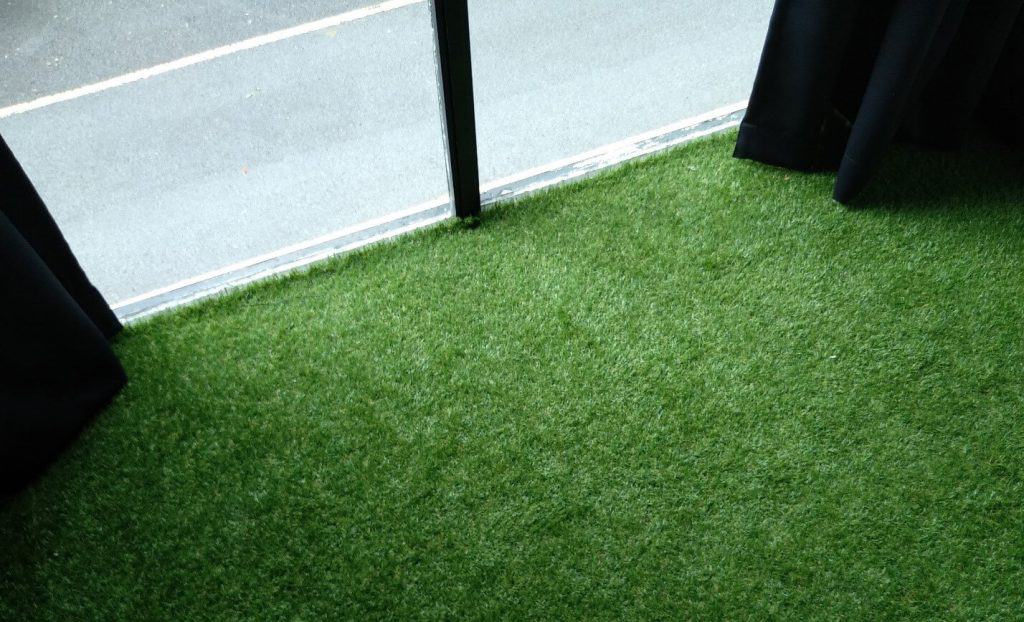
For me, I like to have a lot of control with the pictures I am making, so I do tend to use bigger and clunkier equipment like the DSLR camera and multiple studio lightings, and sometimes make specific purchases for a certain type of prop and background to achieve a specific look. In case any of you are asking for the specific equipment I am currently using, I am running on a Canon 6D Mk1, shooting either on a Sigma 35mm F1.8 ART or on a Canon 50mm F1.4. My studio lighting setup includes a Godox AD600BM and a few Godox MS300’s as backups if I find myself lacking light sources. However, like I have mentioned before, just use what you already possess and have access to.


How I usually work when dealing with Charissa’s books within a studio setting.
When it comes to arranging for your flat lay book photograph(s), here are some guides to keep your flat lay game on point.
A “Hero(ine)” in Clear Display.
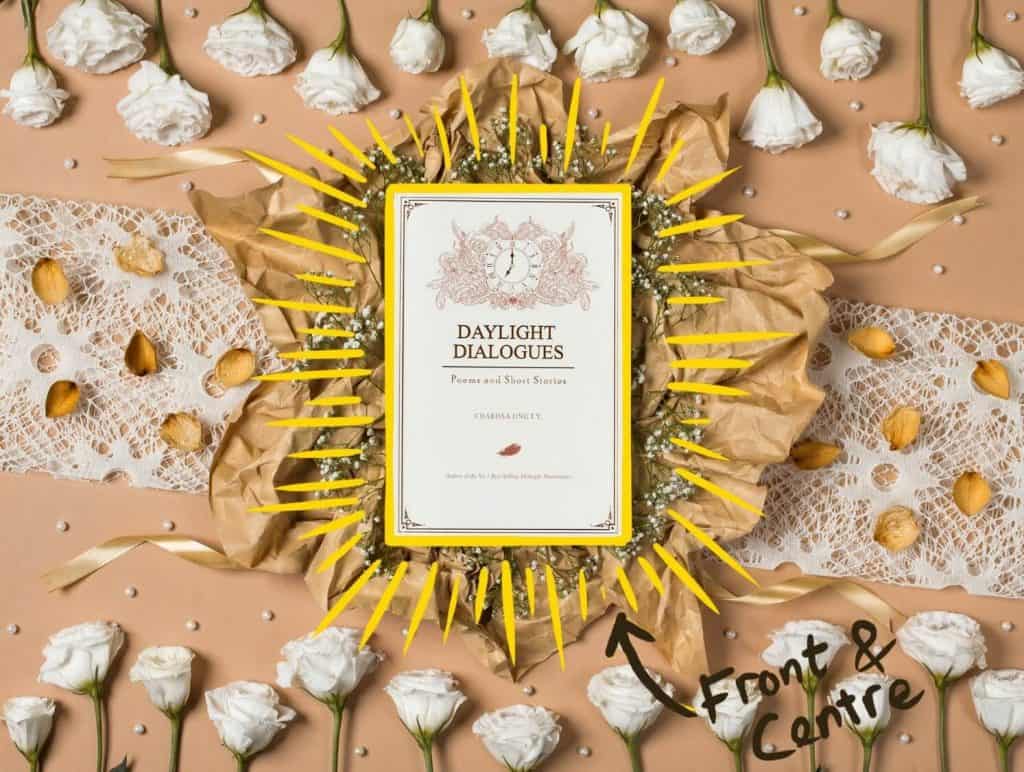
If you are indeed photographing a singular book, it is a good idea to make sure the book can be seen clearly in the picture, as it should be the hero(ine) of the shot. You would not want to have the main protagonist be drowned out by all the other supporting items that would usually make the background. Remember, sidekicks are sidekicks for a reason, they are probably only half as important as the main hero(ine).
Balance is key.
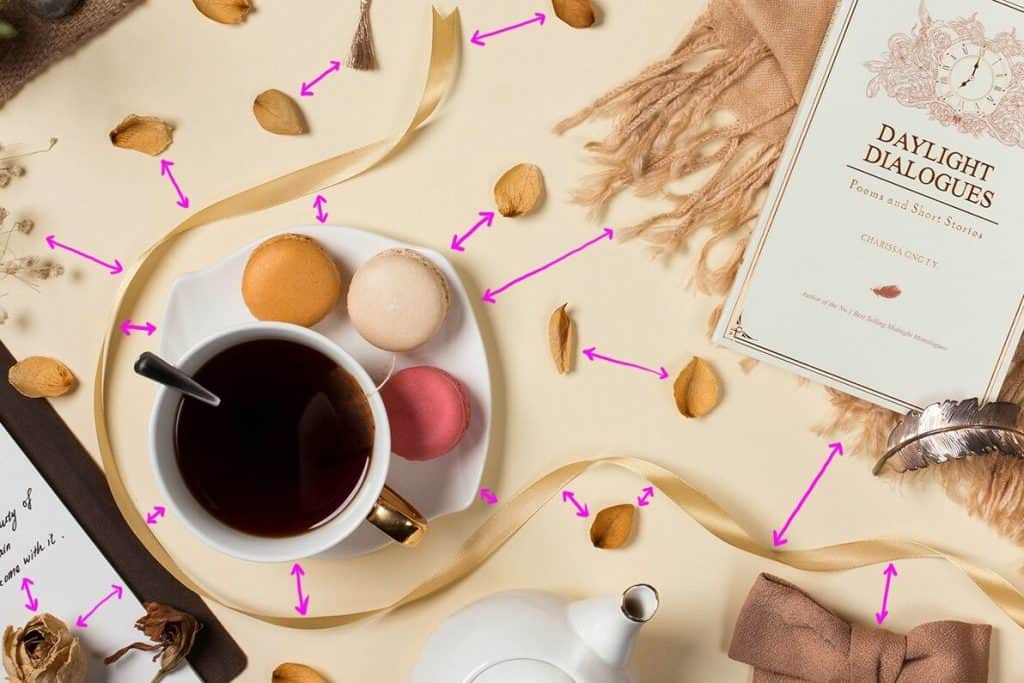
Clutter is usually a bad thing. While I understand maximalism and minimalism exist out there, it is usually a good idea to keep a sense of balance in mind in a flat lay, having “just enough” items arranged onto your flat lay picture. Pay attention to the spacings between objects too, sometimes a little bit of spacing goes a long way! Space is beautiful too.
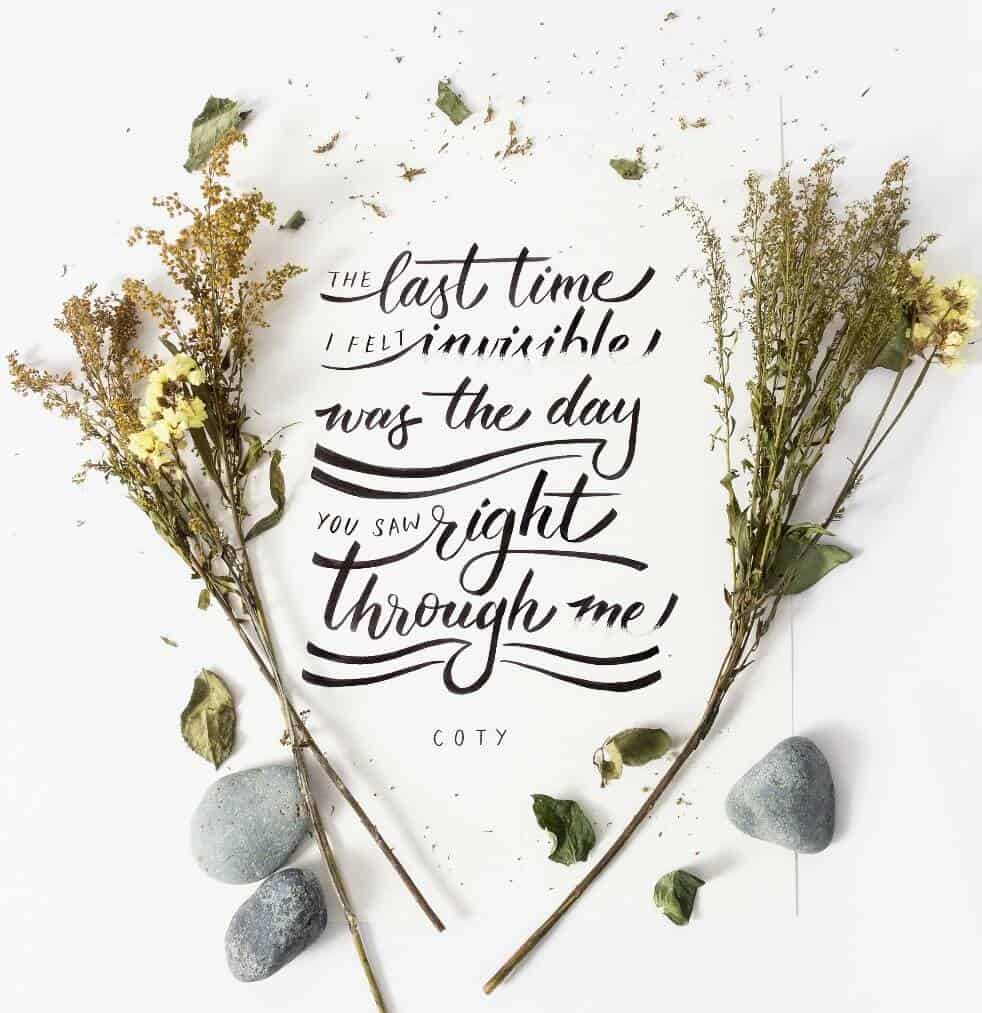
a) To go for a homey, comfortable vibe, pick objects with colours that you can find in nature; some whites and light greys, accompanied by a couple of earthy or woody tones and textures, and small accents of pastel colours here and there.
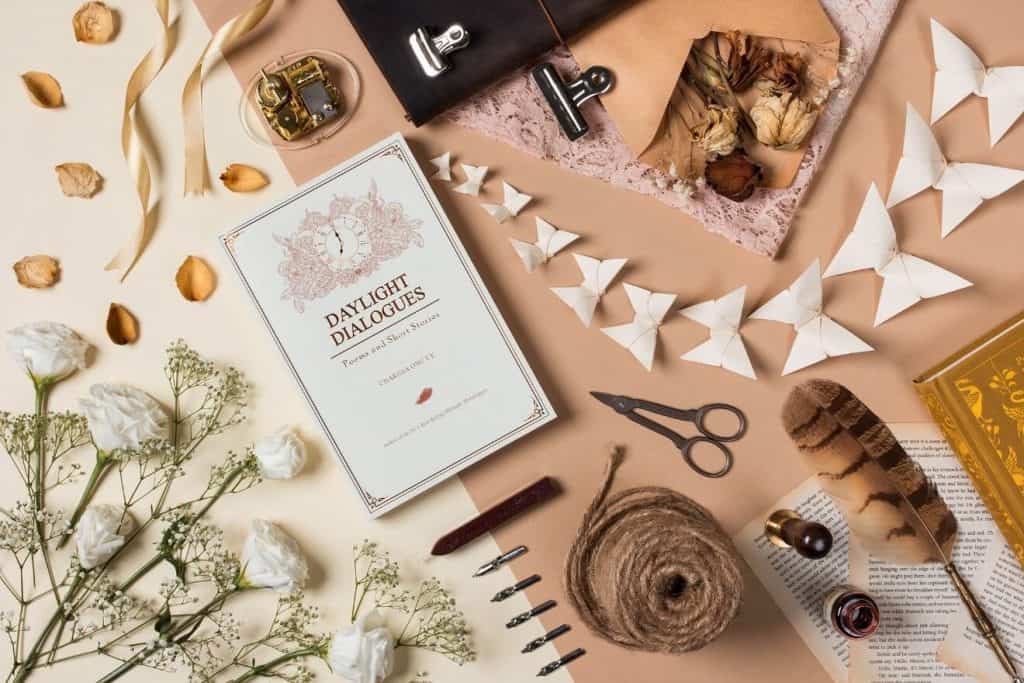
b) If you want to keep colours in harmony, another guide is to stick to colours that associate to a certain temperature. For example if your flat lay setup leans towards warm colours, then go for oranges, yellows, lime greens, reds and pinks. If the setup leans towards cool colours, then go for blues, teals, deep greens and dark purples.
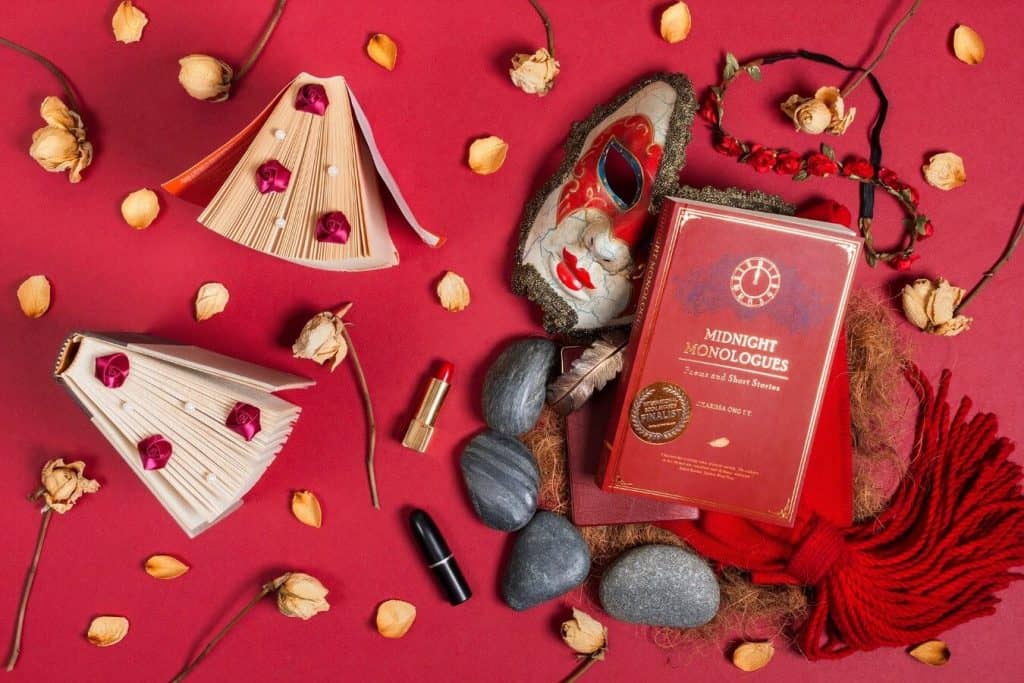
c) Want to keep things simpler? Go monochromatic. Pick a colour, and then find different objects of the same colour, but mix it up with different tones of it. For example – yellow: you can work with pastel yellows, light browns, a beige background, some accented deep ochres. I’m sure that it will look good.
Think in Shapes and Geometry.
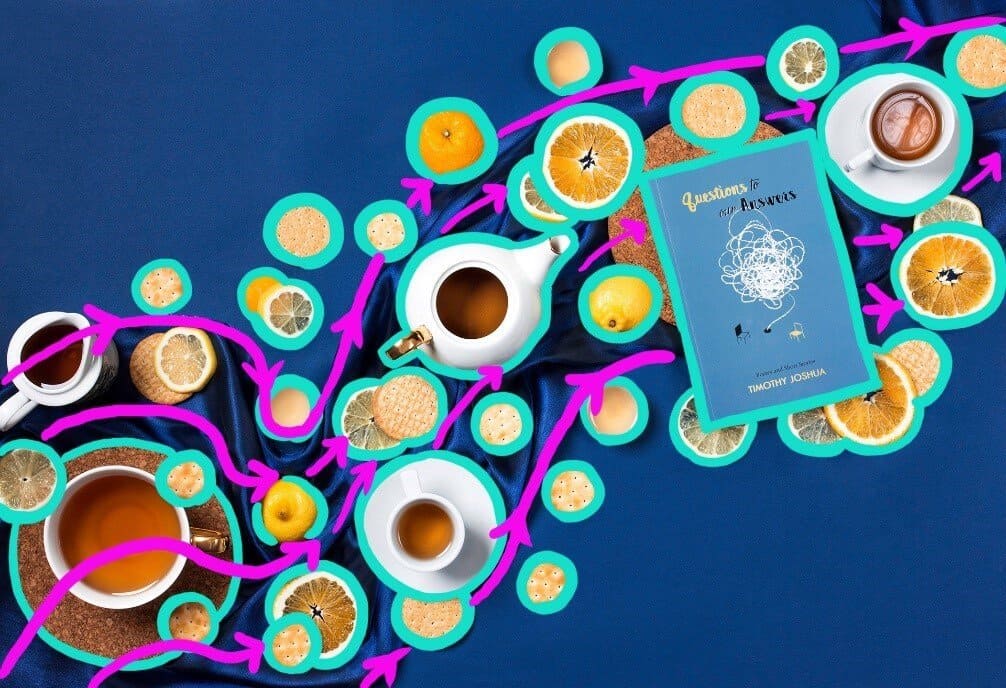
Take advantage of the obvious geometric shapes to shape out your flat lay picture’s composition, since photographing it from a high angle often creates minimal to no distortions for your objects. Knowing that you have easier control over the shapes of your object placements, work out a form of pattern, flow or even symmetry for your arrangements.
Be Contextual.



Some old work I did with a book-related company where I emphasized on using props related to their stories.
It is an extra bonus if you can create a flat lay picture that corresponds to the themes and narratives of the book that you have read. If the book talks about being cunning in medieval times within a royal family, then I think whipping out satin ribbons, a fountain pen next to an opened letter dripped in stamped wax, surrounded by dried up roses might be a good place to start. The last thing you probably want is to mismatch context between the content of the book and the props around the book.
If you follow all of these 5 guides, usually you will have yourself a pretty decent flat lay picture of your favourite book(s), a really good visual memento to commemorate the time you have spent with your imaginations and that book. If you are looking for more inspirations, here are some Instagram accounts that may help invigorate your creativity.
Otherwise, you can always head to Pinterest and key in “Flat Lay” in the search bar.
Now go and have fun making these flat lay book shots, especially with Charissa’s newly repackaged set of poetry books.**
**Coming soon in August!
P.S. Feel free to DM me on Instagram @kyle.crw if you have any questions, I will do my best to reply.

